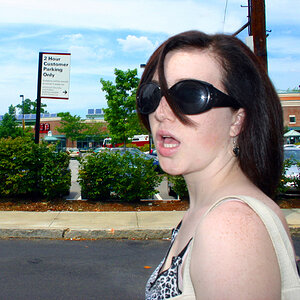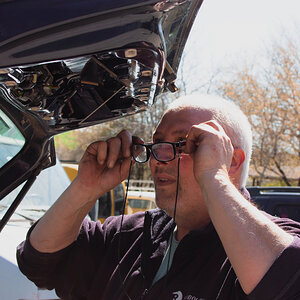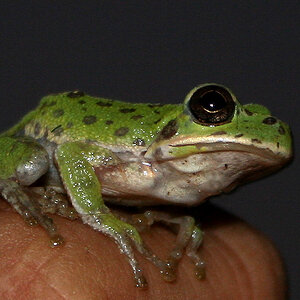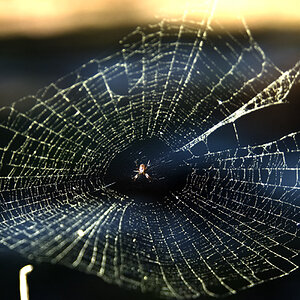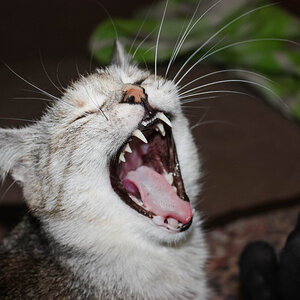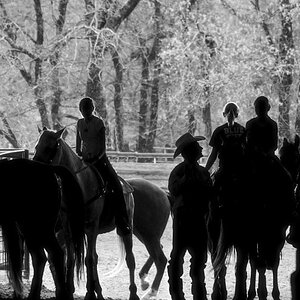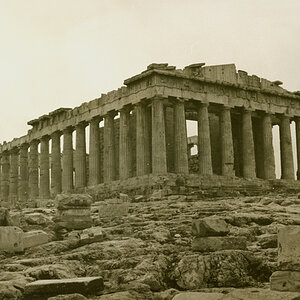PeterToronto
TPF Noob!
- Joined
- Apr 7, 2010
- Messages
- 53
- Reaction score
- 1
- Location
- Toronto
- Can others edit my Photos
- Photos NOT OK to edit
I love the look of a shallow or narrow depth of field. Everyday mundane objects shot at maximum lens aperture take on a sort of mysterious feel, and have a magnetic quality about them. For myself, it doesn't matter if it's a portrait, a landscape, a macro shot, or even a still life, I just can't get enough of shooting fast glass wide open. I almost feel guilty moving that aperture ring anywhere beyond f/2.
There are a number of practical and artistic reasons for welding that aperture around f/1.2 or f/1.4. For one thing, a shallow depth of field can help to tell a story by directing the viewer's eye to what is of primary importance in the image. A shallow depth of field is also an effective means of washing away a distracting background, or a cluttered foreground for that matter. Furthermore, in many instances, a shallow depth of field serves to provide a more visually compelling image. Often times, images created with this technique look as if they were dreamily or wispily painted with a brush, as opposed to clinically recorded on a digital sensor. The end result often produces what can best be described as surrealistic imagery.
An often quoted suggestion in photography circles states that it's all about "f/8 and being there". Well, if you want to try something different, or if you are looking for that creative boost, or if you want to separate yourself from the point & shoot camera phone generation of image makers, how about this suggestion: "exercise your creativity and shoot wide open."
If you found this interesting or helpful, there's more tips, ideas, and thoughts about photography on my website.
Peace
Peter
peter anthony PHOTOGRAPHY - Home
There are a number of practical and artistic reasons for welding that aperture around f/1.2 or f/1.4. For one thing, a shallow depth of field can help to tell a story by directing the viewer's eye to what is of primary importance in the image. A shallow depth of field is also an effective means of washing away a distracting background, or a cluttered foreground for that matter. Furthermore, in many instances, a shallow depth of field serves to provide a more visually compelling image. Often times, images created with this technique look as if they were dreamily or wispily painted with a brush, as opposed to clinically recorded on a digital sensor. The end result often produces what can best be described as surrealistic imagery.
An often quoted suggestion in photography circles states that it's all about "f/8 and being there". Well, if you want to try something different, or if you are looking for that creative boost, or if you want to separate yourself from the point & shoot camera phone generation of image makers, how about this suggestion: "exercise your creativity and shoot wide open."
If you found this interesting or helpful, there's more tips, ideas, and thoughts about photography on my website.
Peace
Peter
peter anthony PHOTOGRAPHY - Home




